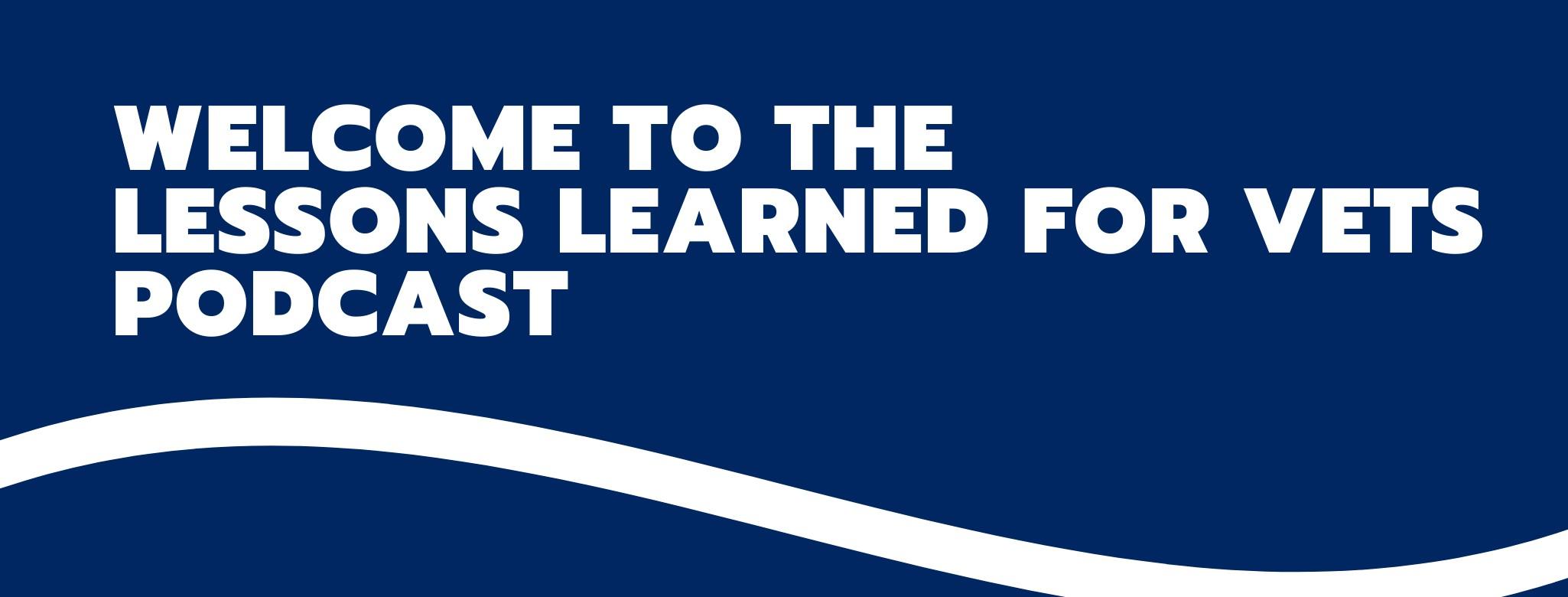
Season 3 Episode 118: Navigating Nonverbal Communication with Lori Norris
On this week’s episode of the Lessons Learned for Vets podcast, we are pausing our traditional format to bring you an episode focused solely on nonverbal communication. Did you know that only 7% of how you communicate with the world is from the words that come out of your mouth? This means that 93% of how you engage with the world is through nonverbal communication. This term includes your grooming and how you’re dressed, your body language and your tone of voice.
People make impressions of you quickly. Your professional image is so much more than what you wear. It’s a head-to-toe consideration, and it can be powerful. Consider that you make a first impression in the first 7 seconds of meeting someone. It will take 7 more meetings to erase a bad first impression. Whether you think that statement is fair or unfair, right or wrong – it’s just true. Managing your image is an art form, and it takes planning how you look and act to get the desired reaction. This applies to in-person and video interviews, networking situations, social media videos you share of yourself and even phone interviews. If the only factor in landing a job was your qualifications, people would be hired based on resume alone. The resume gets you an interview. The interview itself is based on how the interviewer feels about you. There are 5 key factors to your image:
Impression, Movement, Attitude, Grooming, Etiquette.
Your image – the way you present yourself to the world – is always within your control.
Let’s unpack the differences between verbal and nonverbal cues that influence how you are perceived. Verbal cues include language and your tone of voice. It’s the attitude you project when you speak. It’s your rate of speech and your enunciation. Your nonverbal cues are your overall appearance, your posture, your facial expressions, your clothing and your hair. Studies show that people notice a person’s shoes and their fingernails right away. A positive image is the result of careful planning, preparation and an honest assessment of your image. Remember that 93% of how you engage with the world is through nonverbal communication. 55% of this is through body language and 38% is through tone of voice.
The way you dress communicates volumes. What people see on the outside reflects how they perceive you on the inside. Your dress is an indicator of your confidence, your organizational skills, your soundness of judgement and your reliability. Dress for the position for which you are interviewing and dress one step above how you would go to work every day. If you have no idea how people dress at the organization for which you are interviewing, do some reconnaissance. Learn about the company culture, do some informational interviews internally or even park outside when people get off work to see how they are dressed. Dress conservatively for the interview. At the end of the day, you don’t want them to remember what you wore. You want them to remember you as a candidate.
To go from wanting something to having something, you must do something. You have complete control over your nonverbal communication.
Subscribe to our YouTube channel at https://tinyurl.com/llforvets22.
You can connect with Lori on LinkedIn at: https://www.linkedin.com/in/lorinorris/
SUBSCRIBE & LEAVE A FIVE-STAR REVIEW and share this with other veterans who might need help as they transition from the military!
Are You Struggling to Write Your Resume?
I created the Veteran Resume Self-inspection Checklist to lessen the resume writing struggle for veterans. This 11-item checklist will educate you in resume best practices while giving veterans a guide to assess their resume and determine if it's ready to send to employers.
Download Your Checklist Here




